
Document
The document includes transcripts for Mary Vanderhorst's audio.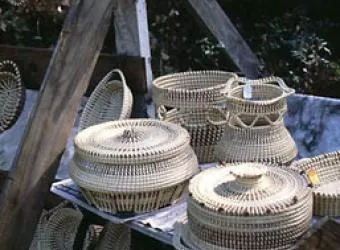
Basketmaking in South Carolina reflects the blending of Native American, European and African traditions to create two predominate types of baskets - the coiled baskets of the Lowcountry and woven baskets of the Piedmont and Blue Ridge. Native Americans used river cane to plait baskets, mats and fish traps. Europeans maintained Old World techniques and forms, adapting them to new materials like white oak to weave their harvest baskets and clothes hampers. On the coast, enslaved Africans brought their knowledge of rice production and introduced coiled basketry using local sweetgrass, bulrush, palmetto, and pine needles. Today, traditional basketmakers have adapted their forms to a changing market and most baskets are made for decorative use.
Content is provided by McKissick Museum, University of South Carolina.
For further information about any of the artists featured on Digital Traditions, send your questions and comments to hallagan@mailbox.sc.edu.

Document
The document includes transcripts for Mary Vanderhorst's audio.
Photo
Basketmaker from Mt. Pleasant, SC (Charleston County).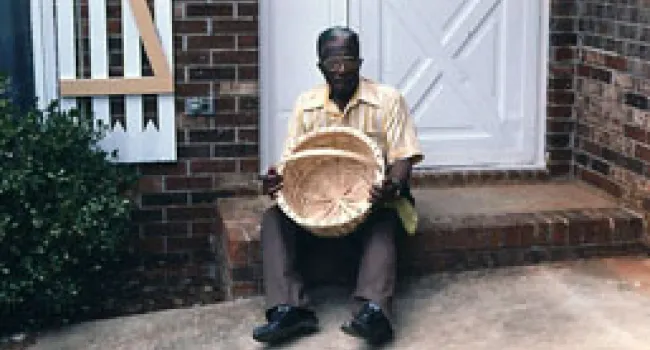
Document
The document includes transcripts for Nathaniel Washington's audio.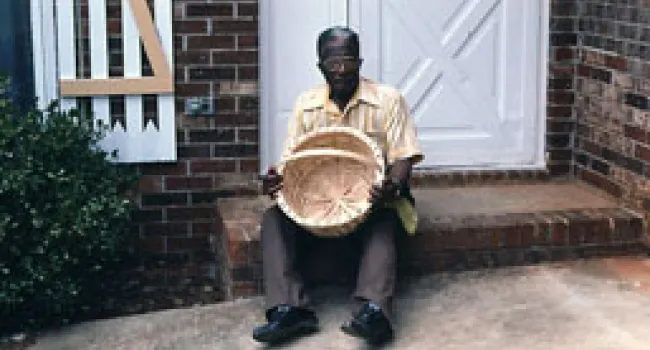
Photo
Basketmaker from Seneca, SC (Oconee County). Washington learned basketmaking from his father, who sold his baskets for around fifty cents each. Though he learned when he was eleven years old...
Audio
Interviewed by Dale Rosengarten Florence Mazyck discusses the variety of natural materials that can be used for the baskets.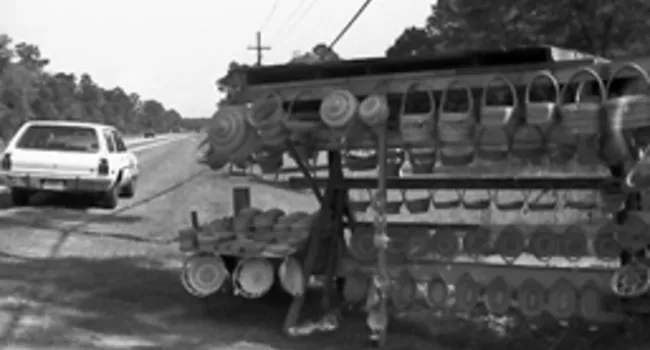
Audio
Interviewed by Dale Rosengarten Florence Mazyck talks about why she prefers weaving with bulrush.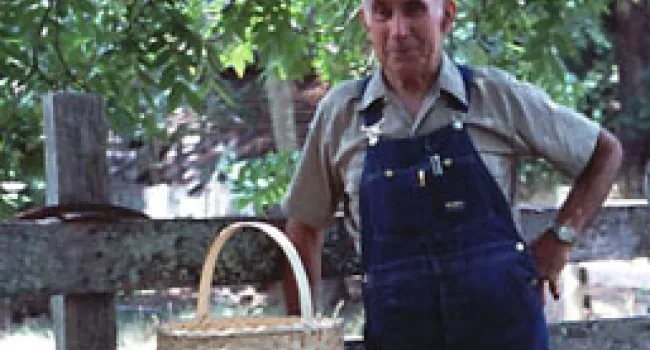
Document
The document includes transcripts for R.C. and Mabel Hagan's audio.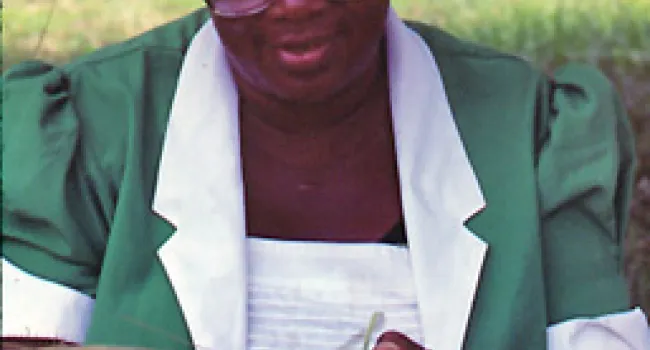
Document
The document includes transcripts for Sue Middleton's audio.
Photo
Basketmaker from Mt. Pleasant, SC (Charleston County). After quitting her job to sew full time, Middleton was soon making baskets that were especially adventuresome. She turns out huge, heavily...